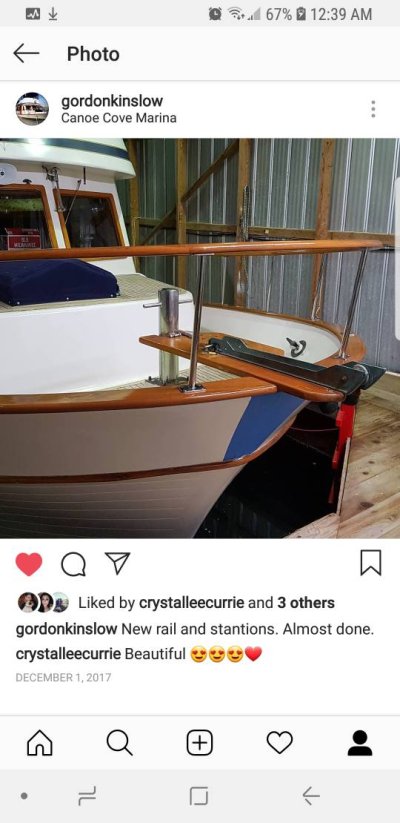Cetol Update
To everyone, many thanks who responded to my question about Cetol.
The take-home message from my post seems to be:
1. I should avoid cleaning with pressure washer as it drives water into the wood, drying can be uneven and lead to residual water under the finish, staining or mold
2. I did not apply enough coats originally (the weather turned bad, so I had to shut it down for the winter after 2 coats).
3. Preparation is key, with any coating, but Cetol may hold up longer with fewer coats.
4. I can repair the stained areas by sanding, or stripping the Cetol, using a brightener, or acetone, and then re-apply after it is thoroughly dry
5. Nice to put a gloss coat on top of the base coats (for looks).
I am so pleased to have everyones input. The weather is good again, and I will be taking Synergy out to the San Juan Islands in June. So no sanding or varnishing until I get some time on the water.
I can comment on why I chose Cetol in the first place. I tried layering a marine varnish (diluted with turpentine and oil) for the first few coats, but it turned color and lost its luster in one season. I have a house in the Kitsap Peninsula (a very rainy place) which is Cedar siding. The house has a window that is finished with varnish while the Cedar siding is finished with Cetol. Both were factory applied, to fresh wood. The Cetol is holding up beautifully after 7 years, while the varnish is crazed, flaked, pealing. I wish I had photos to post to show the difference in outcomes, under the exact same weather conditions, but that is for another day.
Like others, I have to consider the number of days I spend boating versus varnishing. Its all a tradeoff.
I will see if I can restore the stained areas and recoat.
Many, many thanks.





